Android phone makers should make budget phones with 5.0" 1440x720 displays for one-handed use.
Category: Tech
Would An Affordable HomePod Be Better?
I wonder if Apple should have released an affordable, mass market $99 home speaker assistant first instead of the expensive HomePod, similar to what they did with Apple TV.
Moonron Website
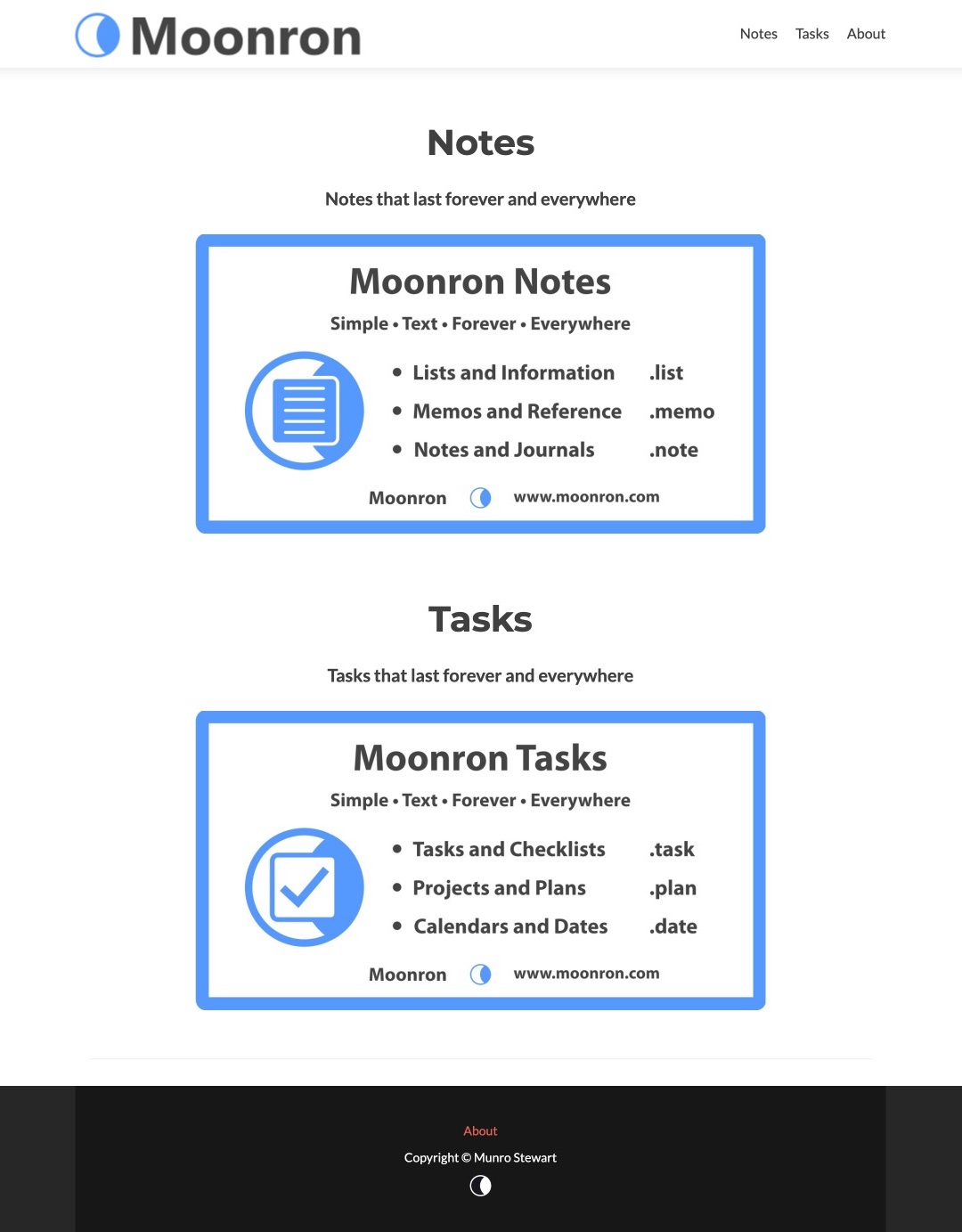
Notes
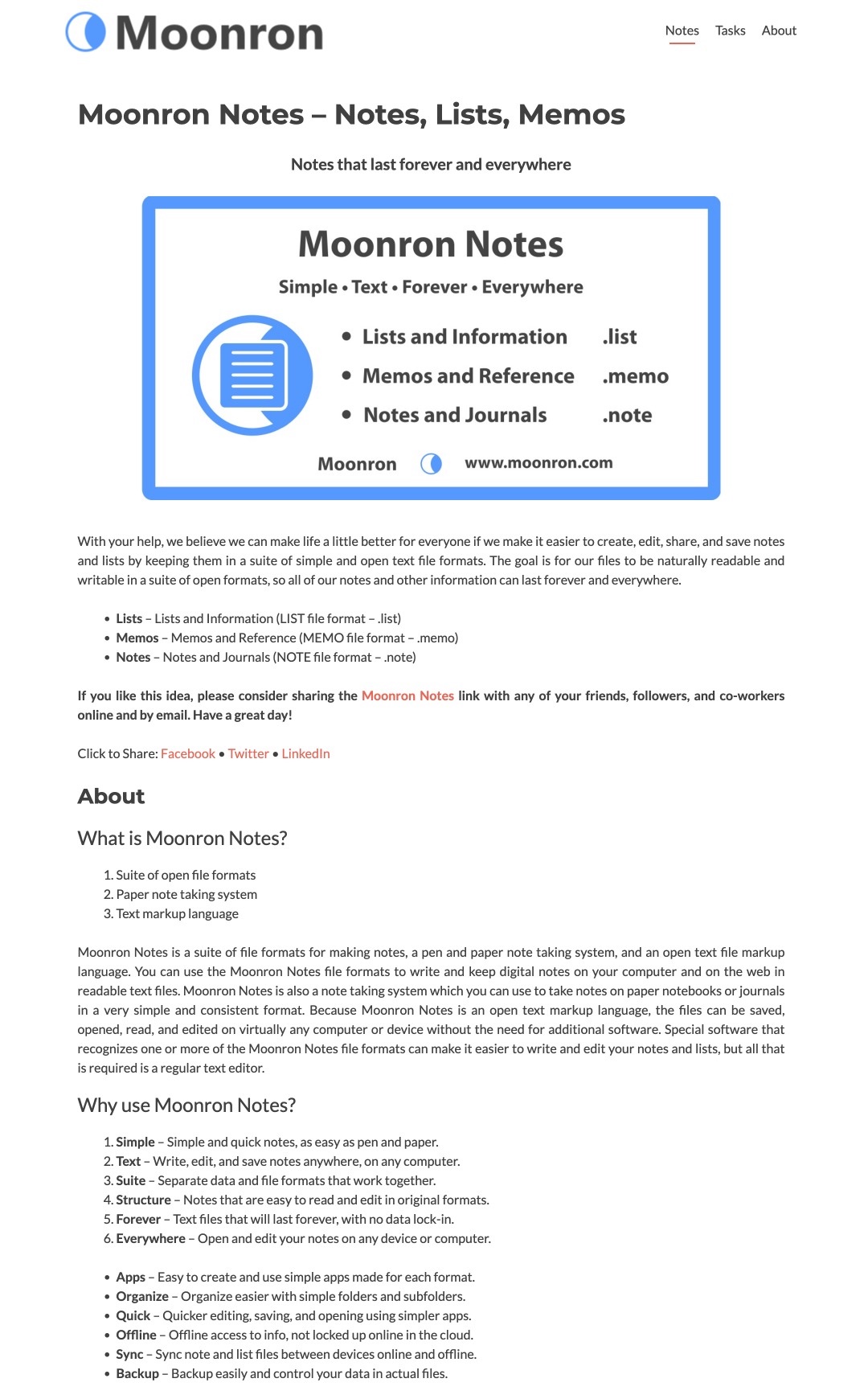
About
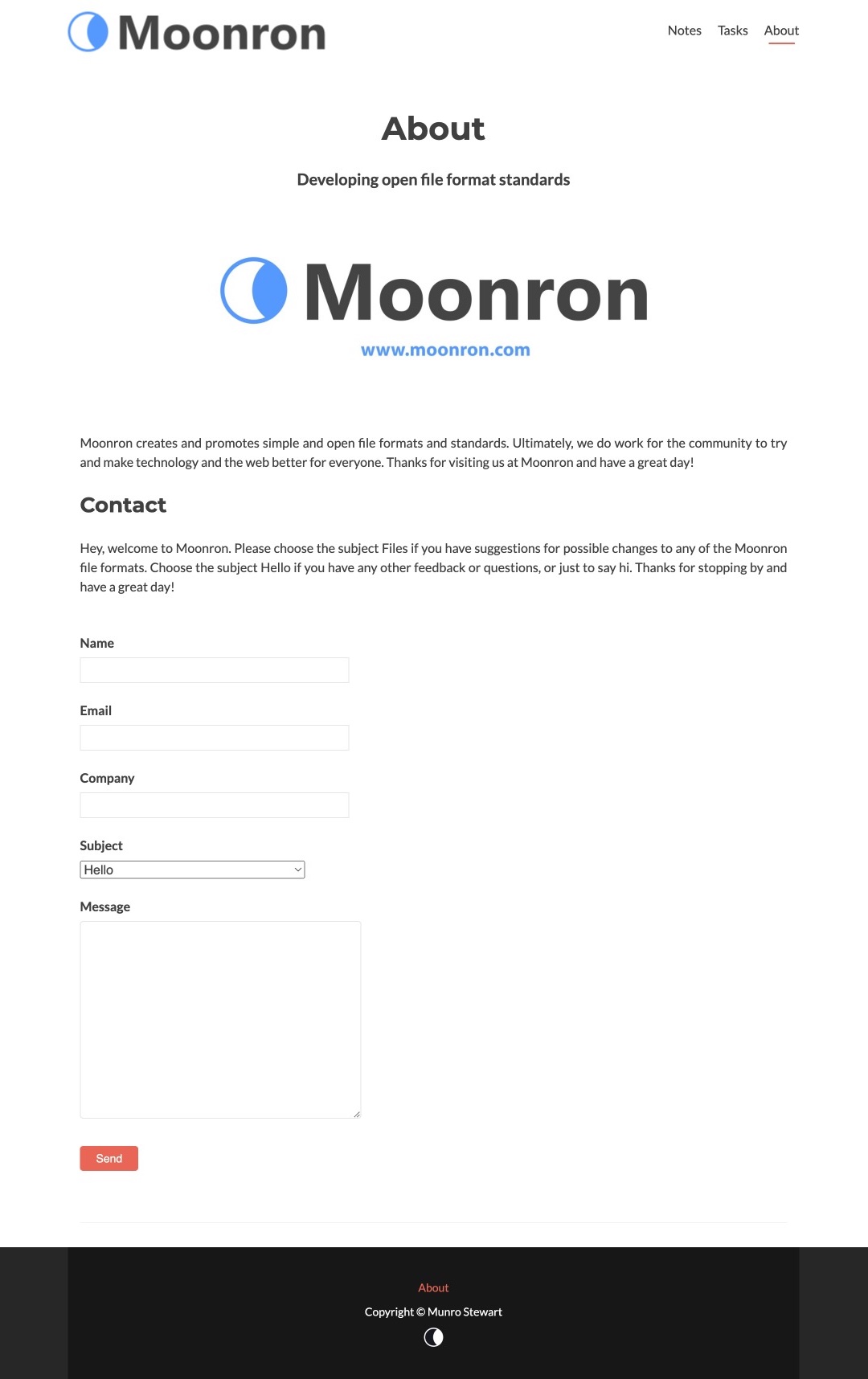
Moonron Logo
Moonron Notes Brand
Moonron Brand
Make Long Press Work Everywhere
For an equal and consistent UX, iOS should make a long press on older devices work absolutely everywhere a 3D Touch hard press works.
Make App Switchers A List With Icons
I still think that the app switcher in iOS should show icons instead of screenshots, and either have a scrolling horizontal list of icons or a scrolling vertical list with icons to the left of the full app names, instead of displaying one screenshot at a time.
Automatically Sync Installed Apps Between Devices
I wish there was a setting to automatically sync between 2 iOS devices which apps I have installed and their location on the home screens.
Did Google Undervalue The Power Of A Brand?
It sounds like Google has aquired much of HTC's hardware team and some non-exclusive IP in their latest 1+ billion deal. But I also read that HTC will likely continue on with a new phone separately, using the HTC brand name. So this might mean that Google isn't going to use the HTC name for a product, and may not have acquired the rights to the brand name. This makes sense, as they have now branded their smartphone and some other hardware products as "Pixel". Before that, they had used the "Nexus" brand name for many products.
Back in 2012, it sounded like Google did a similar but slightly different type of acquisition with Motorola. That deal was worth 12+ billion, and they acquired the hardware team and IP. But I believe they also acquired the brand name, and the entire Motorola company, in that much bigger deal. However, they haven't kept the brand name, and did not use it on many products. I believe Lenovo later bought the rights to the Moto and Motorola brand names along with some other assets in a deal with Google.
Missed Opportunity
I find it interesting that Google ended up not using the Motorola brand name, and selling the brand name to Lenovo. And with this smaller HTC deal, it sounds like they again won't be using the brand name in their large purchase of a fairly prominent hardware company's assets. Just like Moto, HTC is a hardware brand that has actually been around for a very long time, going back to Microsoft's Pocket PC mobile OS.
I wonder if Google missed an opportunity when making their decisions to buy HTC and Motorola. HTC may not be a strong enough brand name. But Motorola, and their nickname brand Moto, were and are very strong brand names. So much so, that Lenovo purchased Motorola and its name from Google. And they even decided to keep the brand name and ditched its own brand name for the Moto phones. It sounded like they originally thought they would go with "Moto by Lenovo", and even decided against that to just use Moto by itself as the brand name for Moto branded phones.
Brand Name Value
Brand names can be quite valuable. Other good brand names in the smartphone technology space that have been acquired in deals include Nokia and Palm. If you either want to use your own brand name like "Google Phone", or a brand name you come up with like "Pixel", then you make the decision that you don't want to buy a company partially for its brand name. But Google payed so much for Motorola, a brand name that was up there with Nokia and Palm, because of its history with the popular Moto Razr and other phones.
And now it looks like Google is getting serious again about upping their hardware game and getting a better team in-house. To go head to head with the iPhone like most articles say. But they have chosen not to buy an established brand name as part of the costly deal when other companies have payed a lot of money largely, or at least partially, for the brand names of Moto, Nokia, and Palm. Personally, I agree that not using HTC as their main smartphone brand is probably the best move. But it still makes me think of that big deal for Motorola as well. I just think Google might have been able to get a leg up if they had made more of a commitment to the established Moto brand by using it for the first smartphone they developed in-house.
But Android Won
Of course, it's worth noting that both the Nokia and Palm acquisitions did not turn out well. Maybe Google knew what it was doing when it decided not to go with the Moto brand name, but go with their own brand "Google Nexus". It's Android that is still going strong, while the Palm and Nokia brand names were kind of squandered by HP and Microsoft.
There are so many other factors though. I still think Microsoft and HP were wise to use the strong Nokia and Palm brand names after their equally huge deals for those companies. Microsoft's deal for Nokia was around 7 billion, and HP's deal for Palm around 1 billion. But at least they wanted to use the great smartphone brand names. Windows Mobile and Palm OS are basically dead for now and both companies resold the brand names of Nokia and Palm just as Google resold the Moto and Motorola brand names. However Google payed around 12 billion for Moto and 1 billion for HTC, but it doesn't look like they will use the brand names at all.
Tough Decision
It's a touch decison though. How far do they go with it? Would we now have a "Moto Home" and a "Moto Notebook"? Google decided they didn't want to use Motorola, and now HTC, as brands for their smartphone or other hardware devices. I'm not saying they made the wrong decision for sure. But they sure payed a hefty price, especially in the Motorola deal, to end up not using such a strong brand name. They are paying billions of dollars in these hardware deals to further their commitment to making their own Android devices with integrated hardware and software. But they may have missed an opportunity to at least start off using a solid smartphone brand name like Moto, HTC, or some other established brand, when they made these huge acquisition deals.
Audio Should Not Have Any Video Ads
From a user perspective I think that any audio, music, or radio apps or websites like Play Music or Spotify should not have any video ads, only audio ads.
Heartya
The website Heartya was intended to be an entertainment website for sharing picks, lists, and rankings of great music, movies, shows, and games, but it was never fully created.

Heartya Brand
Heartya Logo
Rename Windows 10 S To Windows 10
I wonder if Microsoft should rename Windows 10 S in the future to just Windows 10, and Windows 10 Home to Windows 10 Plus. Have Windows 10, Windows 10 Plus, and Windows 10 Pro.
Keep App Folders Consistent In Landscape
For consistency, I think the iPad app folders should only have 4 apps across in landscape mode too.
Folders With 16 Apps Was Much Better
At iOS 10 I still think that switching from folders with 16 apps and 4 columns to folders with 9 apps and 3 columns in iOS 7 was one of the worst UX and design decisions ever on iOS.
Limit Twitter Direct Messages To Fewer Characters
I like that Twitter now allows Direct Messages, but I wonder if a shorter limit would be better. I suggest limiting them to either 1000 or 1500 characters.
Allow iOS Settings To Sync
Apple should allow you to sync all iOS settings between two iOS devices, including the apps and their order on home screens.
Could iPhone 8 Have Flexible Screen Sides?
Update - April 20th, 2017
We have more rumors and real analyst articles which show that my idea of the iPhone 8 having a flexible screen wrap around the sides isn't likely at all. Not surprising of course, and the first rumor to really disprove my crazy theory came just a few days after I wrote this article. For people who are interested in finding out what features will be in the "iPhone 8", don't bother reading this article. For people interested in hardware design or possible form factors for future iPhones or other mobile phones, you might still be interested in reading this. I talk about how future phones and mobile devices could have flexible screens that wrap around the side, as well as a couple of the uses this design would have.
- Apple's 'iPhone 8' to replace Touch ID home button with 'function area,' start at $1,000 - Feb 15, 2017
- Alleged 'iPhone 8' diagrams show display dimensions, sensor array - Apr 17, 2017
Original Article
First of all, to get up to speed on some of the possible rumors, here is a quick overview by AppleInsider, which they have been using in their articles about the next big redesign of the iPhone. For instance, this quick overview is included in their last rumor I read today, Apple's 'iPhone 8' again rumored to feature reinforced glass back, stainless steel frame
- Sept. 2017 launch
- Screen sized 5.1"-5.2"
- Edge-to-edge OLED
- Curved glass back, screen
- Dual-lens camera
- 10nm "A11" processor
- Wireless charging
- Touch ID, FaceTime camera, speaker embedded in screen
AppleInsider and many others have also noted various times about 5.8" OLEDs being produced for the next iPhone. And that maybe the actual size of the screen will end up being a usable 5.1" even though the OLED screens being manufactured are 5.8" in size. One possibility might be that they are getting larger sized screens produced, but they will be cut down to a lower 5.1"-5.2". Another is that with a rounded screen, extra length is added to the actual screen size, 5.8", to make the usable screen size appear over a smaller real life dimension, 5.1". A third option would be that there will eventually be two different sizes, both a 5.1-5.2" device, and later or the following year a Plus sized 5.8-5.9" device.
However, one guess that I have is for something a bit different, which I don't think has been noted or suggested in most of the rumors.
A "Screen" On Each Side Of The Phone
I wonder if the reason for the discrepancy in screen sizes to date could be because of a new "feature" for this all new design. I think the usable and visible size on the front of the screen could be about 5.1", but that the actual screen continues and wraps around each side of the iPhone. And we would be able to touch each side of the device to provide other types of input, such as scrolling up and down without touching the front of the screen.
Meaning, the "screen" we see is just 5.1", but an "invisible" screen wraps around the sides.
Likely the OLED display would wrap around just the left and right side, not the top and bottom. Even if the screen wraps around the edge, it might not mean that we see an interface or image on the sides of the device either. Meaning, the "screen" we see is just 5.1", but an "invisible" screen wraps around the sides. And we can touch the sides of the device and it can respond in different ways. Though it could also provide an image possibly, for instance in what could appear as different "buttons" on different parts of the screen side.
Oh yeah, and when I say I "think" this could happen, I might actually mean "hope". Because I think it could be a good idea to allow the sides of digital devices to be touched for input by users. I think it would be a good design, and potentially be a very useful and intuitive interface option. What I mean, is I'm just guessing here everyone. I definitely don't have an inside track to what is actually going on. I have no idea what is going on, unlike people like writer John Gruber of Daring Fireball, or Apple analyst Ming-Chi Kuo.
Why Would A "Side-Screen" Be Useful?
So why would this all new design have a screen that wraps around the side? What could you do with this extra design feature? Since it could allow touch input, pretty much anything. As I mentioned, I think the most obvious use is for scrolling up and down by using your thumb on the side of the device.
You would just touch your finger along the side of the device to scroll through and select items on the screen.
Other options for the side screen could include "buttons" on the side of the device. Maybe from the front you just see skinny rectangles about a centimeter high along the edge, possibly even in different colors. And touching the side of the device clicks that "button". Having pressure sensitive force touch options using the side of the device makes sense too. Anyway, the options are numerous, and I think the most obvious use is for vertical scrolling or scrolling through options on the screen without having your finger or thumb covering the front of the screen.
By the way, I think a screen extending to the sides of a device could eventually be used in something like the Apple Watch possibly too. You could potentially remove the digital crown, a moving part. You would just touch your finger along the side of the device to scroll through and select items on the screen. So if this touchable side screen idea is something that works out, I would expect to see it in many more devices in the future by Apple and others.
What Size Will The Screen Be?
The rumors now seem to be pointing to a usable screen size of 5.1-5.2" for the iPhone 8. And that the actual screen being produced might be about 5.8". So above I've been discussing how that rumor might apply to a new iPhone with a screen that wraps around the edges. However I'll add that I think it could be possible that another option for the iPhone 8 is that it's usable size will remain at 4.7". Exactly the same size as the iPhone 6 and 7. And that those extra 0.4-0.5 inches in the 5.1" OLED panel could be used to wrap around the sides of the device.
There are a couple reasons why I wonder if the iPhone 8 will come in the smaller 4.7" screen size. First off, it seems like there was a lot more rumors about OLEDs of the larger 5.8-6.0" size much earlier, but not as much lately. It seems like the 5.1-5.2" OLED panel size has been in the rumors more lately. I wonder if those larger sizes were testing for the current 5.5" Plus iPhone. And these newer rumors of the 5.1" OLED panels are testing and production for the current 4.7" iPhone.
More importantly though, I think Apple could potentially stick with a 4.7" usable screen size for the iPhone 8 to keep the resolution the exact same as the iPhone 6 and 7, at 1334x750, with the PPI at 326.
Then in the end Apple could have decided to start producing their first OLED iPhone in only one size, the smaller 4.7" size. Reasons for this decision could include that they don't know if they can meet demand by going all in with OLED in the first year. They want to still at least introduce their new design for the iPhone 10th anniversary. And they will still have a new 7S Plus released at the same time. So basically, they may have decided to not put all their eggs in one basket by only having a new iPhone 8 and 8 Plus with the new design, OLED display, and other technology. So they could be releasing an iPhone 7S and 7S Plus, along with the iPhone 8.
More importantly though, I think Apple could potentially stick with a 4.7" usable screen size for the iPhone 8 to keep the resolution the exact same as the iPhone 6 and 7, at 1334x750, with the PPI at 326. And that the rumors of the 5.1" screens being produced will wrap around the edges of the smaller iPhone's usable 4.7" screen. Reason being, they can't make the usable screen size bigger, going from 4.7" to 5.1", without keeping their magical 326 PPI retina display.
So they'd have to use the 1920x1080 HD resolution from the 5.5" iPhone Plus or come up with a new resolution, such as 2560x1440 for a 5.1" iPhone. That is definitely a possibility, but would require another resolution form factor. So I think it's also possible that they may be happy with the current resolutions and usable screen sizes. Resulting in them keeping the one-handed 4.7" 1334x750 screen for the regular iPhone 8 in 2017, and the larger 5.5" 1920x1080 screen for the iPhone 8 Plus version in 2018, the following year.
Conclusion
So to recap, I have two possible predictions that are bit contrary to the rumors that I have been reading about for the next big iPhone redesign, the potential iPhone 8. I think that contrary to reports, the screen size of the iPhone could stay the same at a usable 4.7", even though the OLEDs produced have an actual size of 5.1-5.2". Then, the next year, an iPhone 8S Plus version could be produced with a usable screen size of 5.5", with an actual OLED panel size of 5.8-6.0".
Secondly, I wonder if that extra bit of screen panel is used to curve and wrap around the left and right sides of the device. That the side of the device will be used as a touch screen for input, effectively replacing buttons on the side and offering more options for input. This user input on the side of the device will change depending on the application. It could take the form of scrolling, to selecting elements, to clicking soft buttons, or anything else. And I think it would be a great idea and a potentially good design for mobile devices of all kinds in the future.
 Subscribe • Free
Subscribe • Free Member • Paid
Member • Paid
 Munro
Munro Munro
Munro Munro Tech • Rnd
Munro Tech • Rnd Notes
Notes Tips
Tips Thinks
Thinks Plans
Plans Rules
Rules Apps
Apps Files
Files Designs
Designs UIs
UIs Signs
Signs Logos
Logos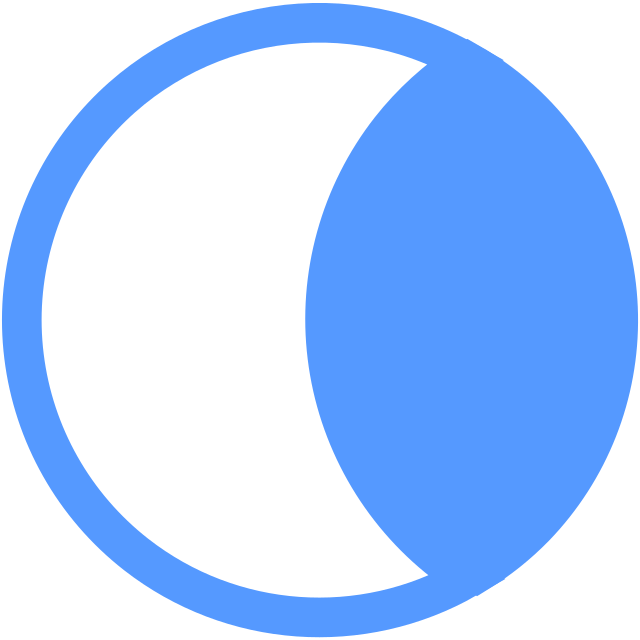
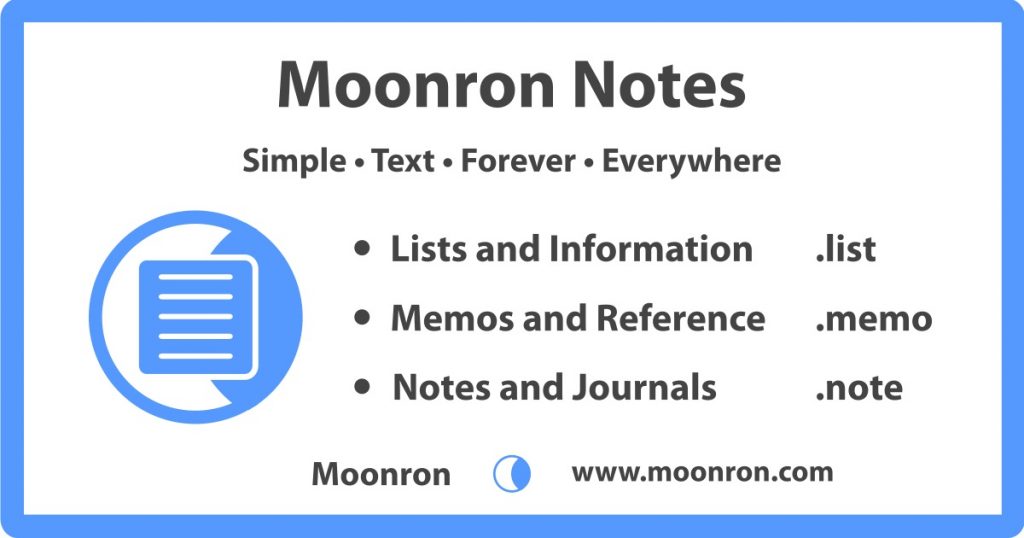

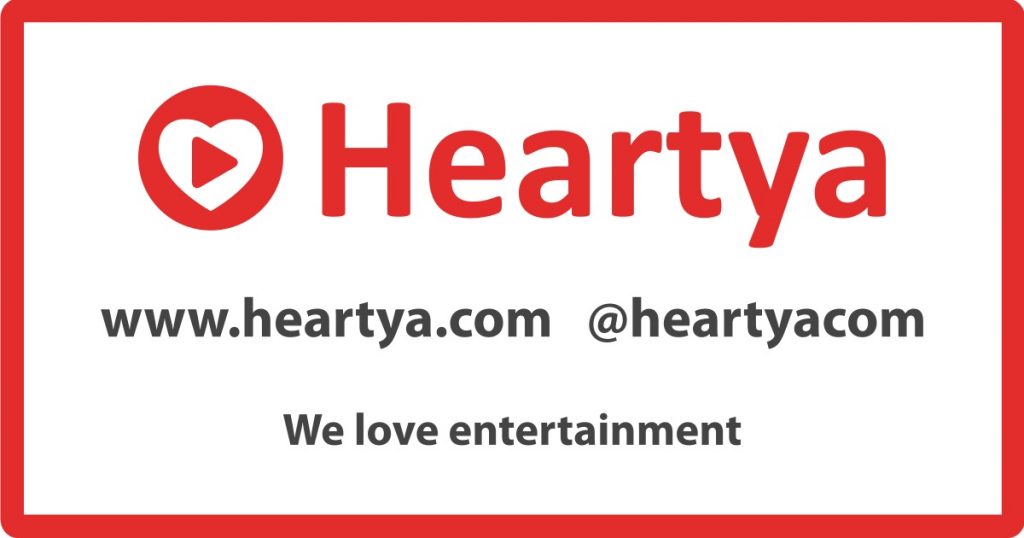
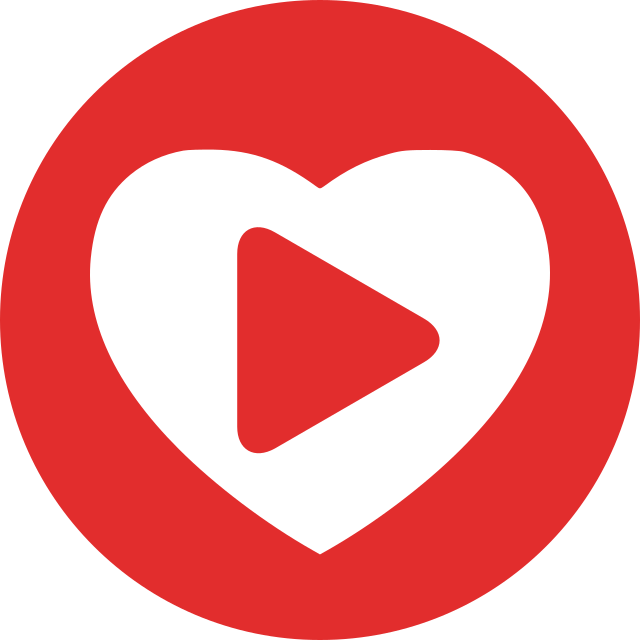
 About
About Map
Map Scholar
Scholar Curator
Curator Author
Author Supporter
Supporter Officer
Officer Backer
Backer